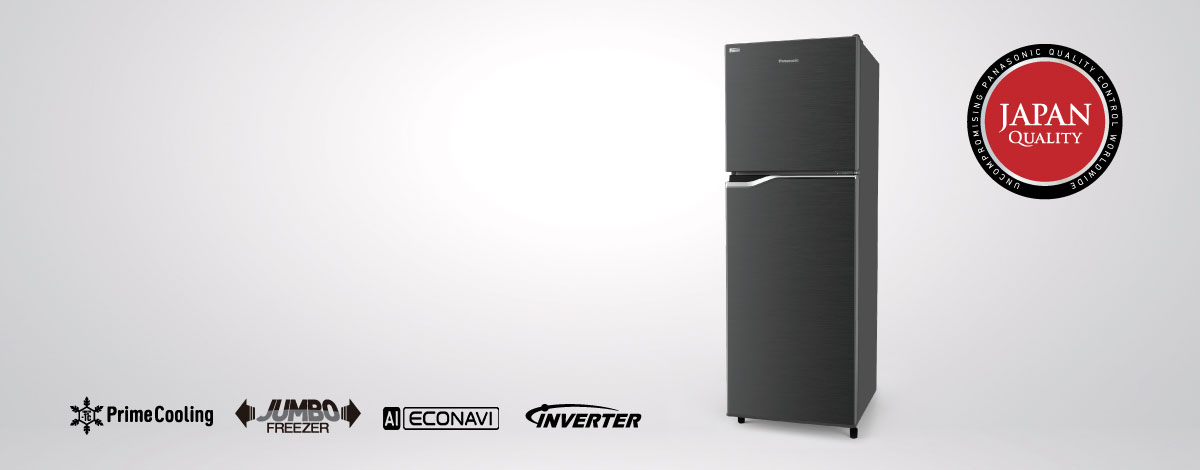efficientPV
Solar Addict
- Joined
- Sep 24, 2019
- Messages
- 1,348
full size Miele which pulls about 2035W for the initial 20 mins of cycle while it heats the water
I thought I married a dishwasher but was told otherwise. We run ours almost every day. That is a lot of watts to contend with all at once. I just added a BOSCH ES4 4 gallon hot water tank because I was too lazy to build insulation around my other tank and these little ones are pretty insulated and don't take long to heat with PV. I'm up to 62C by 10am with only 400WH.
I thought I married a dishwasher but was told otherwise. We run ours almost every day. That is a lot of watts to contend with all at once. I just added a BOSCH ES4 4 gallon hot water tank because I was too lazy to build insulation around my other tank and these little ones are pretty insulated and don't take long to heat with PV. I'm up to 62C by 10am with only 400WH.




